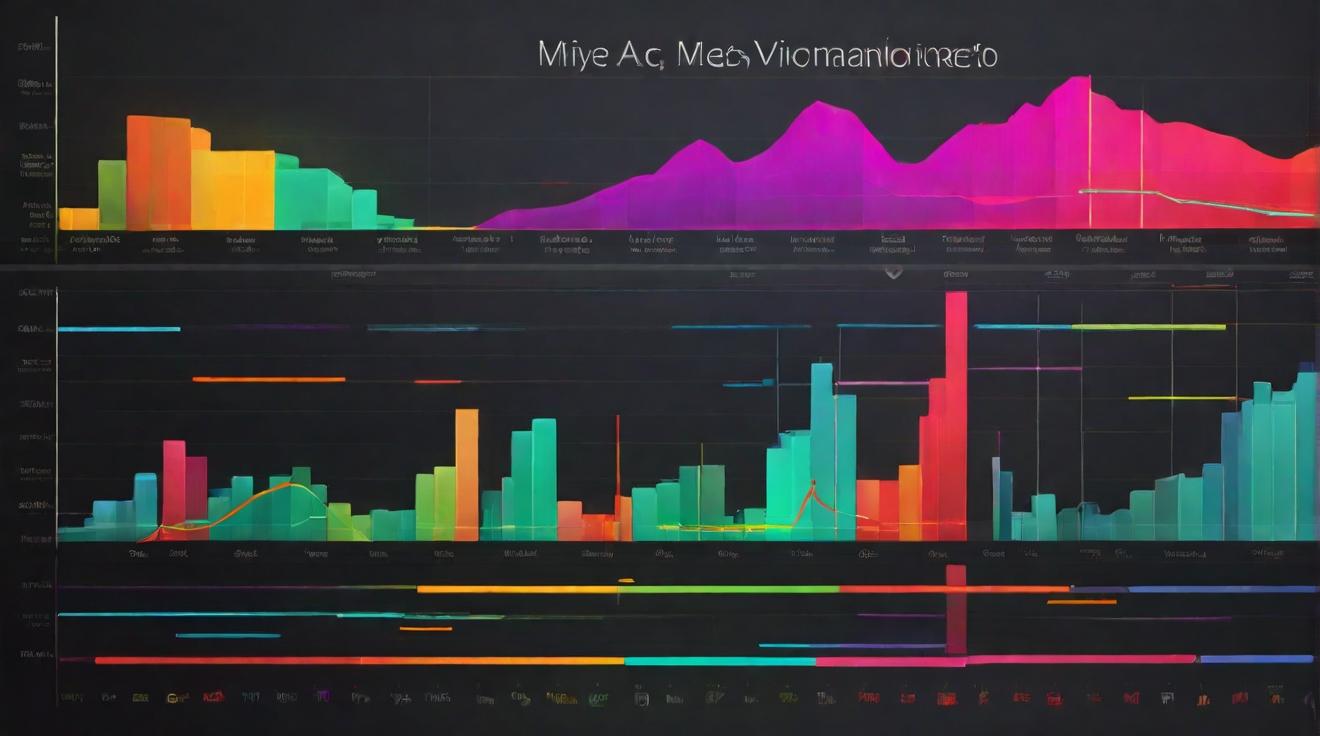Positive Earnings Reports and Economic Data Drive Stock Market Growth
Stock markets rose last week, fueled by mostly positive earnings reports and economic data. The advance estimate for fourth-quarter economic growth exceeded expectations, demonstrating the enduring economic robustness. Additionally, the Federal Reserve’s preferred inflation measure, Core PCE, experienced a slower decline than anticipated. This combination of positive indicators has contributed to the strength of the stock market rally and suggests a lack of urgency to ease monetary policy.
The Federal Reserve’s Meeting and Prospective Interest Rate Cuts
Investors will be closely watching the Federal Reserve’s meeting this week for indications of the timing of prospective interest rate cuts. Despite the continuous decline in inflation, the strength of the economy in the face of high-interest rates indicates that policymakers do not feel an immediate need to ease monetary policy. The stock market rally has resulted in easier financial conditions, and policymakers want to ensure that this does not rekindle inflation in the coming months.
Key Economic Reports to Watch
This week, investors will focus on several crucial economic reports that have the potential to impact portfolios:
January’s ISM Manufacturing PMI
Released by the Institute for Supply Management, the ISM Manufacturing PMI report provides insights into business conditions in the U.S. manufacturing sector. This report is a significant indicator of the overall economic conditions and is considered highly reliable for assessing the state of the U.S. economy. Analysts and economists rely on PMIs as leading indicators to anticipate changing economic trends.
January’s Michigan Consumer Sentiment Index and UoM 5-year Consumer Inflation Expectations
The University of Michigan will publish two reports this week: the Michigan Consumer Sentiment Index and the UoM 5-year Consumer Inflation Expectations. These reports offer insights into consumer confidence levels and long-term inflation expectations in the United States. Consumer confidence significantly impacts consumer spending, which accounts for approximately 70% of the U.S. GDP. The inflation expectations index is a crucial component for the Federal Reserve’s calculations of the Index of Inflation Expectations.
January’s Nonfarm Payrolls and Unemployment Rate
The U.S. Bureau of Labor Statistics will release the Nonfarm Payrolls and Unemployment reports, providing information on the number of new jobs created in the previous month and the percentage of people actively seeking employment. These reports are highly regarded economic indicators, as policymakers closely monitor changes in job numbers as an indicator of the economy’s health. The Federal Reserve considers labor market conditions when making policy decisions, as one of its mandates is to maintain full employment.
Analyst comment
1. Positive Earnings Reports and Economic Data Drive Stock Market Growth: Positive news. The stock market is expected to continue its rally due to the strong earnings reports and economic data, indicating a robust economy and a lack of urgency for monetary policy easing.
2. The Federal Reserve’s Meeting and Prospective Interest Rate Cuts: Neutral news. Investors will monitor the meeting for hints of future interest rate cuts. Despite low inflation, policymakers do not feel an immediate need to ease monetary policy and want to prevent inflation from rekindling.
3. Key Economic Reports to Watch: Neutral news. Investors will closely analyze the economic reports for insights into the US economy. These reports are significant indicators and can impact market sentiments, but their specific impact on the market cannot be predicted in less than 300 characters.













